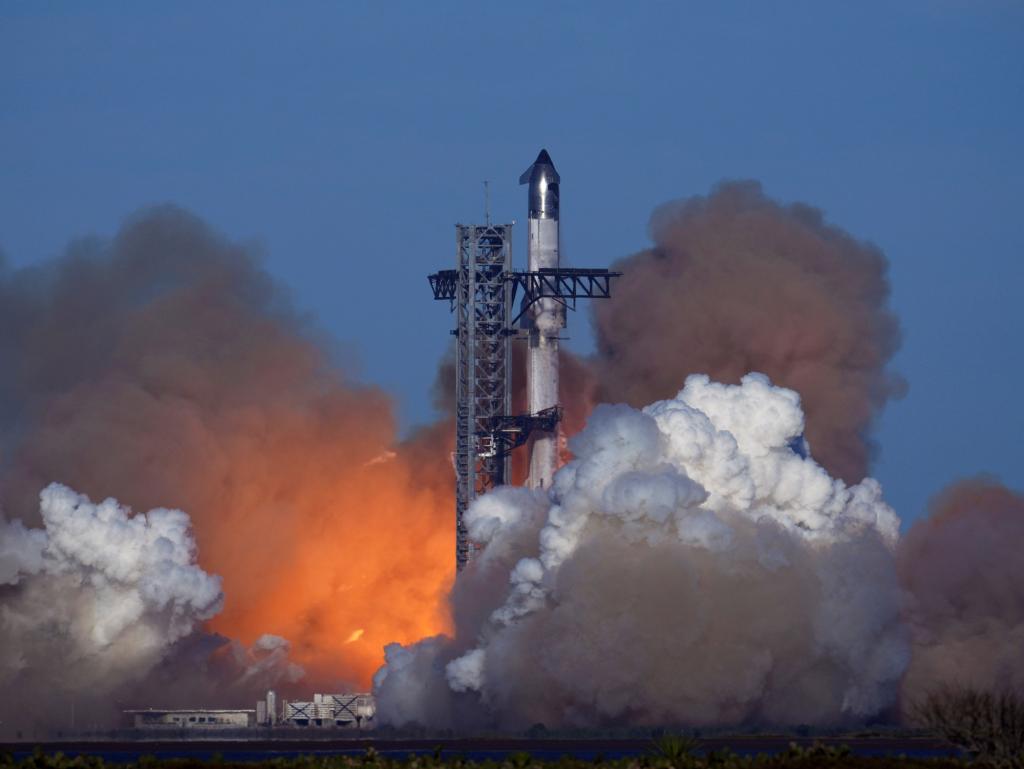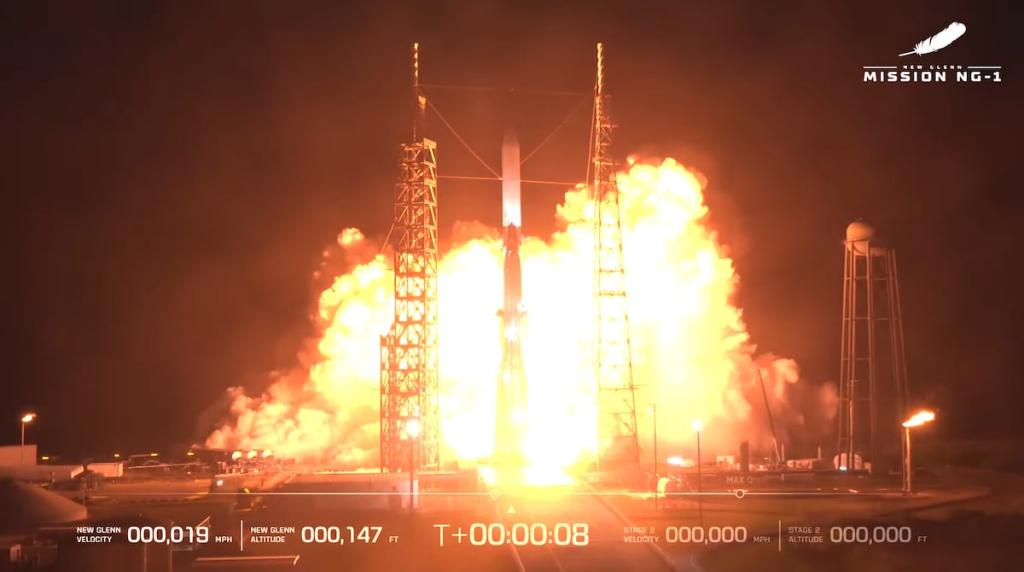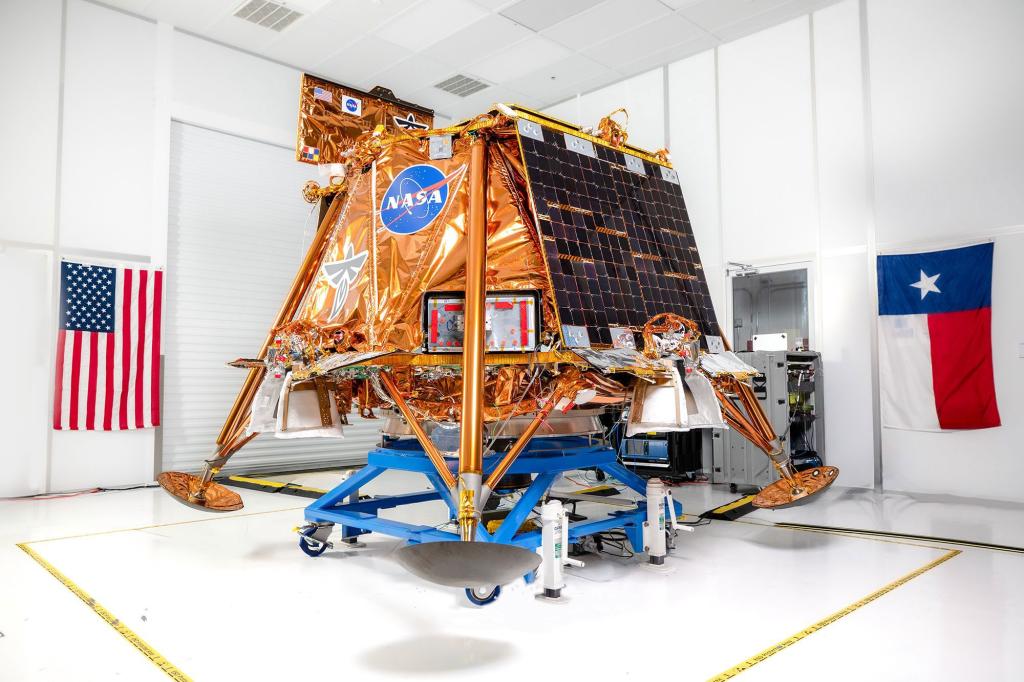SpaceX's Starship Soars in Historic Seventh Test Flight
Witness SpaceX's Starship embark on its seventh test flight, showcasing innovative technology and stepping closer to Mars exploration.
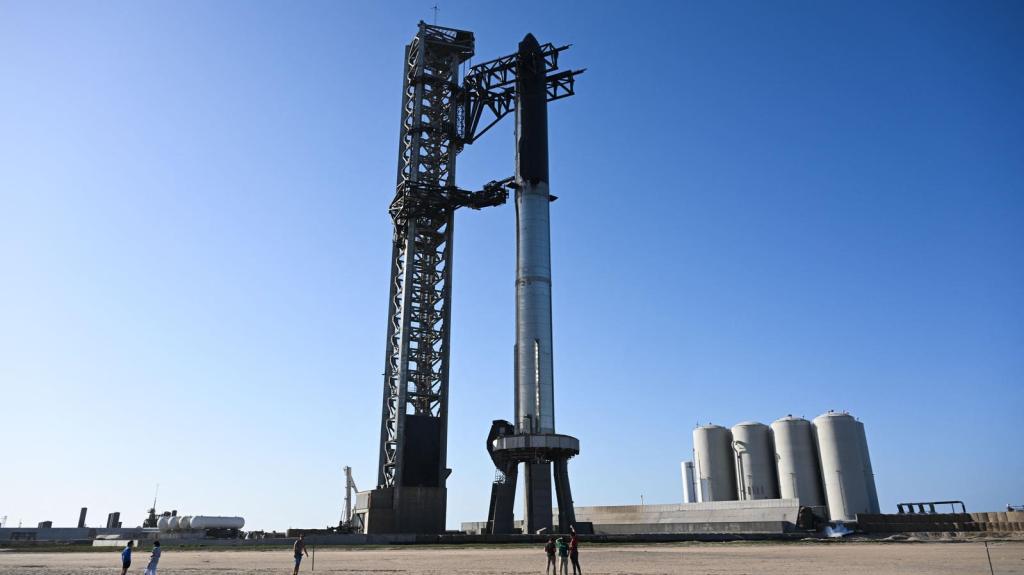
Key Points
- SpaceX
's seventh Starship test flight marked significant advancements in technology and hardware reuse, critical for minimizing space mission costs.
- The mission successfully deployed 10 mock Starlink
satellites, demonstrating Starship's capability to carry and release payloads in space.
- Each successful launch brings humanity closer to Mars exploration and the possibility of sustainable interplanetary travel.
In the ever-evolving landscape of space exploration and technological innovation, SpaceX's Starship program stands as a monumental achievement. On January 15, 2025, SpaceX conducted the seventh test flight of its colossal Starship rocket, a mission laden with intricacies and groundbreaking technologies. This recent test flight aims not only to advance human capabilities in space travel but also to set the stage for future interplanetary missions, particularly targeting Mars.
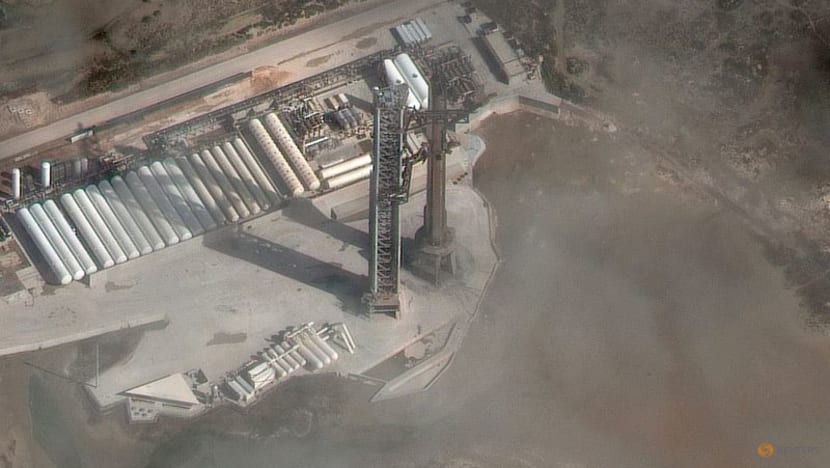
A Challenging Mission
The January launch presented multiple firsts for SpaceX, including the deployment of 10 mock Starlink satellites, which mirrored the size and weight of actual operational satellites. This was part of a critical test demonstrating the spacecraft's capability to successfully deliver payloads into orbit. The integration of new technologies significantly enhances the potential for reusability—a core tenet of SpaceX's vision.
For the first time, one of the Raptor engines used in the mission had previously flown in space. This emphasis on hardware reuse is crucial, as SpaceX aims to minimize costs while maximizing efficiency.
has consistently anticipated a future where rockets can be reused multiple times, akin to commercial air travel—a promising horizon for space tourism and transportation.
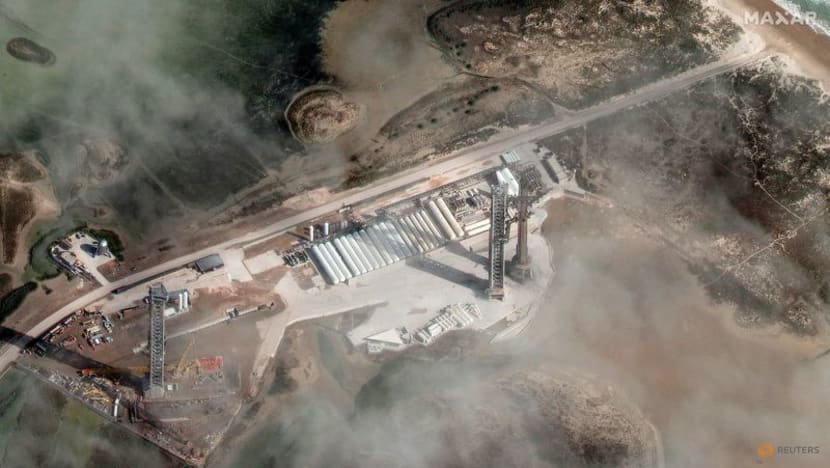
Technological Breakthroughs
The seventh test flight also introduced significant upgrades to the Starship system. The Super Heavy booster was equipped with advanced recovery technology, aiming to precisely catch the falling booster using the intricate “Mechazilla” launch tower arms. This maneuver, which has only been successfully executed once before, highlights the strides SpaceX has made in achieving a fully reusable launch vehicle. These technological enhancements are pivotal, as they are directly tied to the financial sustainability of space missions.
During the test, the Starship successfully ascended, navigating through the atmosphere before executing the payload deployment. However, the mission faced challenges, including a temporary loss of communication with the Starship shortly after launch. Such hurdles are not uncommon in the realm of aerospace testing and serve as learning opportunities to refine future missions.

Building a Future in Space
The implications of successful Starship missions extend beyond merely deploying satellites. SpaceX is on a mission to establish a human presence on Mars, and each launch can be seen as a step closer to achieving that goal. In fact, NASA has already contracted Starship to facilitate lunar exploration, which is expected to pave the way for future crewed missions to Mars. As Musk optimistically stated, 'every Starship launch is one more step closer towards Mars.'
SpaceX's innovative approach not only challenges traditional aerospace paradigms but also sets a new course for commercial space ventures. The prospect of sending humans to Mars and beyond is an exhilarating thought, bringing with it possibilities of exploration, resource utilization, and even colonization.

Conclusion
SpaceX's seventh test flight marks a significant milestone in the journey towards reusable spaceflight and interplanetary exploration. Each successful launch builds on the foundation of knowledge and innovation, reinforcing the potential of human capabilities in the cosmos. With advancements in technology, resource management, and strategic planning, the dream of sustainable space travel is becoming increasingly tangible. As we edge closer to a future where space travel is a reality for many, SpaceX continues to lead the way, inspiring a new generation of explorers.

